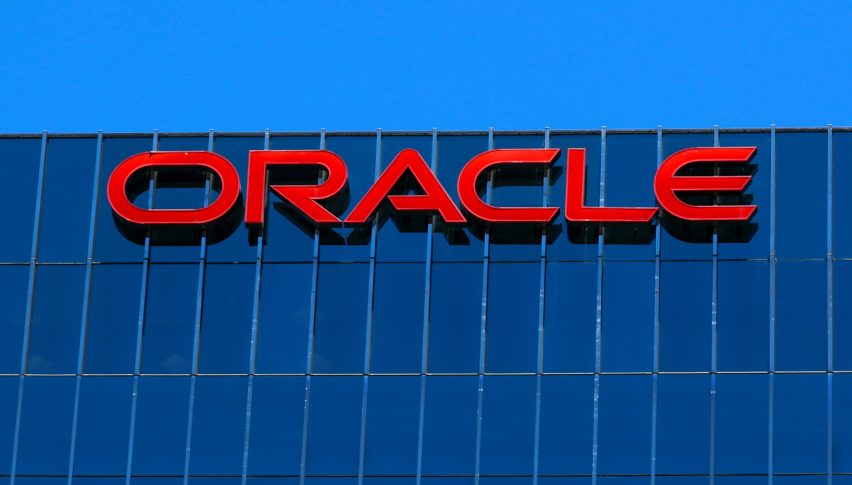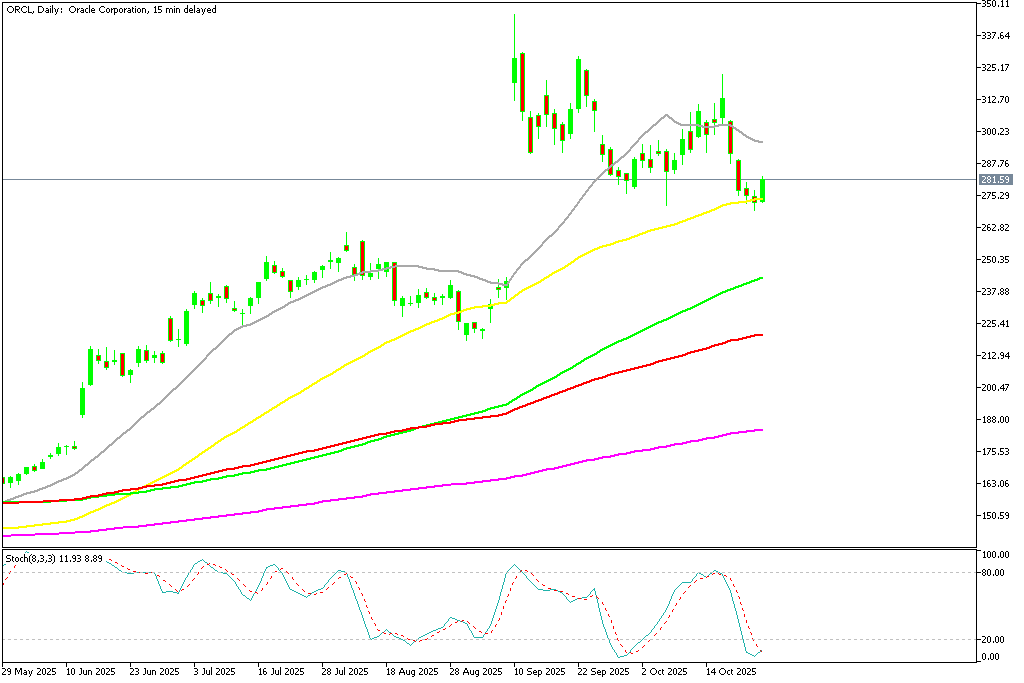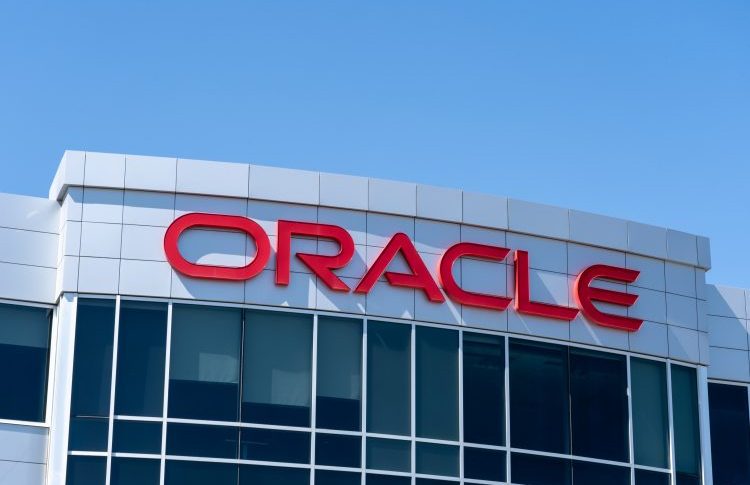ORCL Stock Finds Support but Profit Fears Keep the Oracle Buyers Cautious
As investors become increasingly skeptical of the actual profitability of Oracle's AI cloud operations, the company's price comeback this...

Quick overview
- Oracle's stock has rebounded slightly after a significant drop from record highs, but investor confidence remains shaky regarding its AI cloud profitability.
- The company's shares fell 22% from their peak earlier in September, with concerns about low profit margins from its AI cloud segment.
- Analysts are cautious, noting that while Oracle's stock has found some support, it faces resistance and could decline further if it drops below key price levels.
- The market's focus has shifted from growth potential to the need for sustainable profitability in Oracle's AI operations.
As investors become increasingly skeptical of the actual profitability of Oracle’s AI cloud operations, the company’s price comeback this week provides little respite following a steep decline from all-time highs.
From Record Highs to Market Reality
Oracle Corporation (NYSE: ORCL) saw a dramatic surge earlier in September, with its shares climbing above $345 amid strong enthusiasm for its AI-powered cloud infrastructure and upbeat growth forecasts. However, that optimism quickly faded.
After peaking on September 10, the stock has since fallen 22%, slipping below $270 on Wednesday before finding some support at the 50-day Simple Moving Average (SMA).
ORCL Chart Daily – The 20 SMA Has Turned Into Resistance
A modest 3% rebound on Thursday provided a temporary lift, but analysts remain cautious, noting that the recovery has been far weaker than the rebound seen in other AI and chip names.
Profitability Concerns Cloud the Outlook
The sell-off intensified after reports suggested that Oracle’s much-touted AI cloud segment is less profitable than expected.
Internal figures revealed that the company generated about $900 million in revenue from Nvidia-powered server rentals last quarter, but gross profits were just $125 million, implying a 14% margin—well below industry leaders.
High capital expenditures, energy expenses, and data center costs have eroded profitability, prompting analysts to question the sustainability of Oracle’s AI expansion.
Adding to the uncertainty, reports that the U.S. government might take equity stakes in quantum computing firms like IonQ and Rigetti briefly boosted AI sentiment across the sector. However, the Commerce Department later denied those claims, tempering the optimism that had briefly supported Oracle’s rebound.
Technical Picture: Rebound or Pause Before Another Drop?
Technically, the stock remains fragile. The 20-day SMA has turned into resistance after the steep correction, while the 50-day SMA has so far acted as a floor.
If Oracle manages to close above $300, analysts see potential for renewed upside momentum. Conversely, a breakdown below $265 could expose the stock to further declines toward the $240–$250 range.
Broader Implications: From Growth to Proof
Oracle’s AI-driven growth story remains compelling, but the market’s focus has shifted from expansion to execution and profitability. Investors now expect proof that the company can generate meaningful margins from its high-cost infrastructure.
Until Oracle demonstrates that its AI cloud operations can produce sustainable profits, the stock’s recovery may remain capped—turning what was once a breakout story into a cautious wait-and-see scenario.
Conclusion: Oracle’s volatile performance captures the shift in investor mood from unbridled AI optimism to a more measured realism. While support levels have held for now, the company’s next move depends on proving that its AI ambitions can deliver not just growth—but durable profitability.
- Check out our free forex signals
- Follow the top economic events on FX Leaders economic calendar
- Trade better, discover more Forex Trading Strategies
- Open a FREE Trading Account


